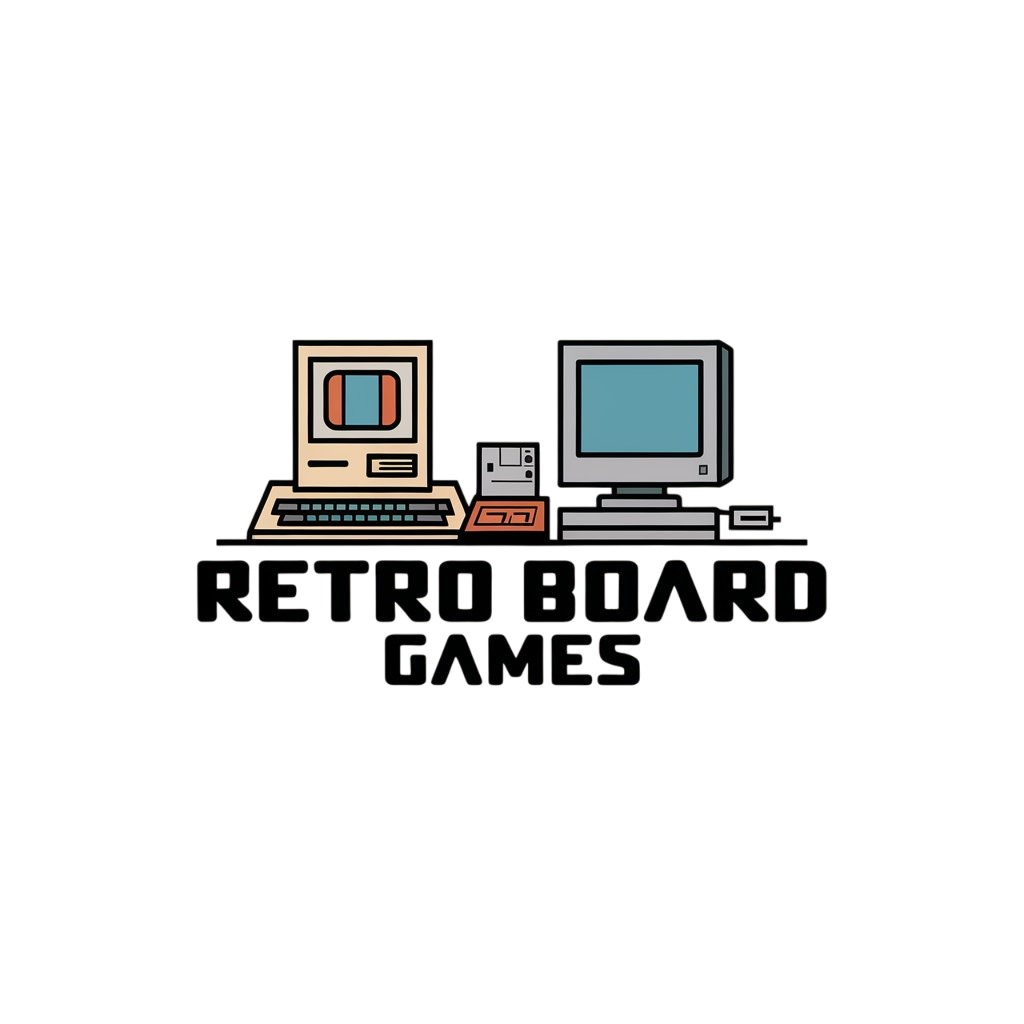After months of anticipation, we finally have Switch 2 in hand and with it, its keystone launch title. Mario Kart World is an integral part of the Switch 2 rollout as the system’s biggest day one experience. There’s little doubt it will shift tens of millions of units, but questions remain about the game’s graphical fidelity, and the merits of its mechanical overhaul from prior Mario Karts. So, is Mario Kart World a worthy open-world racer? And does it pack great graphics to mirror its revved-up reinvention?
Last month, Nintendo revealed that Mario Kart World began life as a Switch 1 title, a game built for the much more constrained Tegra X1-based hybrid. That provoked some interest online: if the core of Mario Kart World could work on the original Switch, why is it only on Switch 2? I think the final game provides some clear answers. Mario Kart World’s fidelity and scope would be tough to match on Nintendo’s last-gen juggernaut. Mario Kart 8 provides us with some useful context. This smaller, more track-oriented title shipped on Wii U in 2014, and Switch 1 in 2017 in visually upgraded form. Perhaps it doesn’t reflect the peak of what the OG Switch might have been capable of, as we never got a proper Switch exclusive Mario Kart entry but it does showcase the previous high water mark for the series’ visuals and remains one of the best-looking racing games on Switch.
The most obvious upgrade comes down to scope. Mario Kart World features a vast, interconnected world linked with kilometres upon kilometres of track. You can see structures spanning the entire horizon when you cruise through the game world – something that Mario Kart 8 never had to contend with. A sense of distance is preserved through the use of volumetric fog, along with strong bloom to emphasize the dazzling exposure of the sun set against terrain.
The game uses a discrete level of detail (LOD) system, but detail level transitions are fairly unobtrusive and kept to a minimum for the most part. Pop-in for elements like grass and cars is not terribly obvious and it’s made more subtle with a GPU-sparing dithered fade. Plus, everything is built to a reasonable level of detail and artistic quality – even in segments you don’t reach in the game’s races. Sometimes you can make out a bit of conspicuous texture tiling, but it’s not common. Mario Kart World portrays a stable, consistent looking open world better than any original Switch game that I can think of. I think this is the key reason Mario Kart World isn’t a Switch 1 game – the compromises would be very large relative to what we’re seeing here. Plus, the racer count in this new game gets doubled from 12 players to 24 players, increasing the visual mayhem.
However, there are also some key visual quality advances that Mario Kart World makes relative to its last-gen predecessor. The biggest shift lies in lighting. Baked lighting returns in Mario Kart World, with the game relying heavily on lightmaps. The pre-calculated direct lighting mirrors Mario Kart 8, with only limited use of real-time shadows for player vehicles and certain bits of trackside detail. However, the indirect diffuse lighting is of a higher quality, with clear bounced light contribution, producing an effective sense of global illumination. Throughout the gameworld, you can notice subtle illumination on shadowed surfaces hit by reflected sun rays. Some of these effects were captured in Mario Kart 8, but the lighting was rather low-resolution and not as pleasing.
Mario Kart World also features a time of day system, which would usually mesh somewhat inelegantly with that baked lighting – but Nintendo has an interesting solution. The game simply swaps between four predefined times of day, which also changes the precalculated lighting. The position of the sun and moon are also fixed, except at dawn and dusk – and even when the sun is just coming up over the horizon, Mario Kart World’s real-time shadows remain permanently fixed at a kind of mid-afternoon angle. I don’t think this is a major issue, but it can look a little awkward – mostly when the sun is clearly set against the horizon and the light angle discontinuity is obvious. That said, as a tradeoff, Mario Kart World has excellent lighting quality for a racing game. You can also expect to see real-time weather changes, which look convincing enough.
However, the new game does rely extensively on real-time lighting for its reflections. If you look closely at the way the reflections behave – in particular the kind of inaccuracies in perspective – it looks like the game makes heavy use of real-time cubemaps. These are applied to certain glossy surfaces, including the game’s water. These are usually decent-looking when they are applied to a surface underneath the player, especially with rough waves, but their low resolution sticks out sometimes and they only update every few frames, so they can lag a touch when the player is moving. Other vehicles aren’t captured in the cubemaps, as you might expect, though screen-space occlusion issues at least aren’t a concern. Additionally, the water surface itself is broken up by waves, reacts to bomb-ombs and foams up in stormy weather. It’s a very convincing depiction of water overall, and really makes you pine for a modern day Wave Race.
Mario Kart 8 had a more transparent water surface, without much of a fresnel effect or detailed reflections. There was a compelling gameplay reason for those rendering choices, given its underwater racing sections, but I do feel like Mario Kart World looks superior here and has a much more lively water depiction.
The quality of the materials in Mario Kart World is generally on a different level as well. This comes down to a few factors: texture resolution is typically higher and techniques like normal mapping are more liberally used. Surfaces appear to have a fine-grained specular response, especially on smooth metals and woods with blurred specular highlights on rougher surfaces. And areas like the Rainbow Road use more complex shaders, giving them a more eye-catching appearance. Overall, the game seems to have adopted a physically-based rendering approach, improving the fidelity of materials relative to the more primitive Mario Kart 8.




The actual geometric density of the models is a bit conservative at times, though there are still obvious improvements relative to Mario Kart 8. There’s less stinginess when it comes to representing curved surfaces and characters in the stands are also full 3D now, unlike in Mario Kart 8 which used a mix of 3D and 2D bystanders. Interestingly though, these NPCs always face the camera, which we can more clearly observe in Mario Kart World’s photo mode. Plus, the playable characters and karts pack plenty of polygonal detail.
The last note I wanted to touch on here comes down to the style of the game. Nintendo casts the difference between Mario Karts 8 and World as a distinction between “sleek” and “playful” styles, and I think that’s reflected in the final product. There are the obvious UI distinctions, as World evolves MK8’s tech-centric, Windows Aero-like stylings into something more organic and alive.
You see the most obvious differences in the racers themselves: karts bounce, squash and stretch as they make turns, jump, and grind rails. In general, the vehicles appear less precisely controlled and more like they are about to lose traction and spin out of control. There’s an exaggerated sense of weight transfer relative to Mario Kart 8 as a result, which looked a lot stiffer. The karts also exhibit a rounded-off, bubbly look, with few straight lines. This styling fits well with the rest of the game, with its looser handling, broader scope, and greater focus on naturalistic environments, just as Mario Kart 8’s more technical leanings suited its anti-gravity focus and track-oriented gameplay. I don’t think one is necessarily better than the other, though World’s approach is more visually exciting.


Also expect to see a much more interactive world relative to Mario Kart 8, as most elements of trackside detail have a convincing physics response to player collision, and grass gives way under the tread of the kart tires. The world feels tactile and natural, without obvious gamey inconsistencies.
Moving on to performance and image quality, the breakdown is fairly simple: you get 1080p in portable play and 1440p in docked play, with no signs of dynamic resolution scaling in my testing in either mode. TV image quality is generally fine enough in my experience, holding up well on a 4K television set from a typical viewing distance. Docked mode also gets a touch of post-process image treatment to adjust the 1440p resolution. I think we’re primarily looking at a light post anti-aliasing here. The handheld mode definitely fares better though, despite its lower pixel count. There’s no anti-aliasing of any kind here, so the 1080p pixel count maps perfectly onto the Switch 2 display. The panel itself isn’t perfect here, with middling contrast, mediocre brightness, and a tendency to blur and smear detail, but that’s not an issue with World itself.
Mario Kart 8, in contrast, packed a 1080p/720p split in docked and portable play respectively, so each mode had much fewer pixels than World. It’s not a revelatory improvement to image quality – but Mario Kart World does look a lot cleaner, if still imperfect. Comparing the docked and portable modes, they tend to look very similar. Distant LODs are a little less detailed in portable play and cubemap resolution is decreased, but they otherwise seem to more or less match.


Performance is faultless as far as I can tell in my experience playing the game, reaching a locked 60fps in the content I tested. The only real exception comes down to photo mode, which hits a 30fps target instead. Portable mode is similar, but getting an immediate visual read on the game’s update isn’t really possible given its VRR display technology. I counted frame-by-frame using 180fps camera capture and got a 60fps reading though, so I expect it generally runs at 60fps just like its docked counterpart.
I didn’t have the chance to test the game in split-screen, but I tested World’s GameChat functionality with players from the Digital Foundry Supporter Program, and there weren’t any performance concerns. The update rate of the actual GameChat feed is choppy at approximately eight to 10 FPS, but the rendering of the actual 3D content is unaffected. Nintendo has flagged GameChat performance concerns in their documentation, but at least in this case it doesn’t seem like there is any issue. Mario Kart World doesn’t look amazing scaled down to a small window, but it otherwise works well.
The game does support HDR as well, with good results in TV mode. On the handheld screen, it doesn’t really do much, as the Switch 2 LCD doesn’t have the high brightness and fine-grained control needed for a good HDR picture. The display technically supports HDR, but it’s not a true HDR experience in my view. We’ll be discussing this in our full Switch 2 console review – HDR is a real letdown on the handheld screen.


In summary though, Mario Kart World sports some large visual updates relative to its immediate predecessor, and I do think it represents something that couldn’t run in a satisfactory form on the original Switch unit. We didn’t really see anything like this on Switch 1 at 60fps, which is the standard for a modern Mario Kart title. Nintendo is putting the additional margin of GPU power on Switch 2 to good use by piling on open-world rendering challenges while continuing to evolve the series’ lighting, models, animation, and image quality. Any version of this game that would ship on Switch 1 would bear steep compromises that could make Mario Kart 8 a more visually pleasing game in comparison, which I suspect would prove very unappealing to prospective players.
To close out the meat of this technical review, I want to take a quick look at track design and how it’s changed for Mario Kart World. For all its open-world flourishes, Mario Kart World is still a game built around distinctive tracks. Each circuit is based on a key area or theme, in classic Mario Kart fashion. Much of the Mario roster is represented here, with Peach, Wario, Mario, Luigi, Toad, Bowser, and Donkey Kong all earning their own raceways, plus tracks themed after Boos, Dry Bones, and Cheep Cheeps. Unlike Mario Kart 8, no other Nintendo properties appear here, so there’s no Zelda, Animal Crossing, or Splatoon crossovers. Track design sensibilities have changed significantly for Mario Kart World, however, with a mix of changes to accommodate the game’s new gameplay features and revised mechanics. We’ve done a massive breakdown on returning tracks in the video, so do check that out.
From my perspective, Mario Kart 8 was a perfected Mario Kart game. If you chart the evolution of Mario Kart – from Super Mario Kart, through to Mario Kart 7, each game built upon key elements of its predecessor. The initial Mode 7-based graphics evolved towards 3D polygonal visuals, the drift-based gameplay was refined, retro courses were refurbished, online play was integrated, player counts were increased, tricking was added, the third person camera was perfected, and tracks were split into ground, aerial, and aquatic sections.




Then Mario Kart 8 came along. Perhaps its biggest shift was the move towards HD graphics, which elevated the series’ visual presentation to new heights. MK7’s mechanics were supercharged with anti-gravity sections, tighter vehicle handling, and the re-introduction of bikes. It was still firmly track-based, but offered much more content than prior entries, with a whopping 96 total tracks after the game’s first DLC round and the Booster Course Pass. It was a summation of the series up until that point, the pinnacle of arcade racing action over 50-second laps. I think that’s reflected in the game’s monumental success as the best-selling racing game of all time.
Unfortunately, that makes it a very hard game to top with a new series entry. Within the typical Mario Kart confines – short concept-oriented tracks with modest player counts – there’s little room to evolve the kart racer. A prospective sequel would need to break the mould to prove new and exciting to racing gamers. Mario Kart World does just that, by introducing a properly contiguous open world for the first time in series history. Each cup features an unbroken chain of track in the open world, with discrete courses connected by interlinking sections of road and trail. This has upsides as well as downsides: each cup feels like an adventure, and there’s far more unique track here than in prior Mario Kart titles. The discrete courses still feel a bit more lively than the straightened interlinking sections, though.
The new Knockout Tour mode exploits this structure to create truly unbroken, single-lap race events without pauses between sections. It has a pulse-pounding elimination-style format that drives up the pressure as you proceed but the racing layout is again, perhaps a little less mechanically interesting as a result. Mario Kart World balances out those changes by doubling the player count, while altering collisions and item hits to be less punishing. Races feel appropriately frenetic as a result, with pretty wild scenes during online play in particular. It will take a while to figure out exactly how pleasing this balance is long-term, but so far I’ve found it really exciting.




The new game also packs a free roam mode, which allows you to explore the open world at your leisure. The content here is a little sparse at the moment, primarily consisting of short P-switch missions that last about 20 seconds or so. Reportedly, there are hundreds of these missions scattered throughout the open world.
I’m not sure how much enduring appeal they’ll have though, in part because the in-game map doesn’t indicate where you’ve found P-switches, or where future ones might reside, making it hard to progress efficiently. The map lacks detail in general, as it doesn’t depict the game’s road systems at all – only its natural features and course locations. Free roam gameplay is a nice change of pace from racing action, but don’t expect a Forza Horizon-like list of activities here. That said, the open world is a joy to ride around in, even if there’s not a huge amount to do right now.
The driving mechanics have changed considerably from Mario Kart 8 as well, with less responsive turning and looser drifts. If you’re looking for something more like the older game, pick a lighter character, as the weight classes have more strongly attenuated handling differences in Mario Kart World – and be sure to turn off automatic steering, which is enabled by default in the game’s settings. Rail grinding and wallriding are also part of the experience, which can set up some cool manoeuvres.
After a couple of days, I feel like I am basically getting the hang of things, though getting properly positioned and primed for these actions requires some a bit of forethought. I’ve really enjoyed what I’ve played of Mario Kart World so far, and if my MK8 playtime is anything to go by(195 hours “or more” according to Switch’s metrics), I’ll probably be racing in it for dozens if not hundreds of hours to come. It also feels like an amazing platform for new features and content expansions, which are undoubtedly en route if Mario Kart 8 is any indication.
Personally, I’d love to see Nintendo add a 200cc speed class, a more detailed map, and more P-switch missions and other open world content. A course expansion or landmass addition seems likely at some point, though there’s plenty of racing track in the game for the time being. Mario Kart World is a tremendous accomplishment more than anything else. I’m seriously impressed by the scope of what Nintendo has achieved, delivering massive open-world scale with very few compromises, and revitalizing an aging series in the process. The moment-to-moment gameplay feels fantastic, its concept is innovative, and it glimmers with Nintendo polish.
Visually speaking, Mario Kart World offers some beautiful sights with key rendering advances over prior Mario Kart games, though a lot of rendering power has gone into making the open world work. It’s really the incredible quality of Nintendo’s artistry that stands out most here, with the game’s collection of new and revised courses proving a strong highlight. Plus, it packs strong resolution and frame-rate metrics in portable and docked play, without the low internal resolutions that typify a lot of early Switch 2 software.
I’m certain that Mario Kart World is going to move a lot of Switch 2 systems over the coming years, as it’s up there with some of Nintendo’s best. If you have the opportunity, I would strongly recommend giving it a shot.






